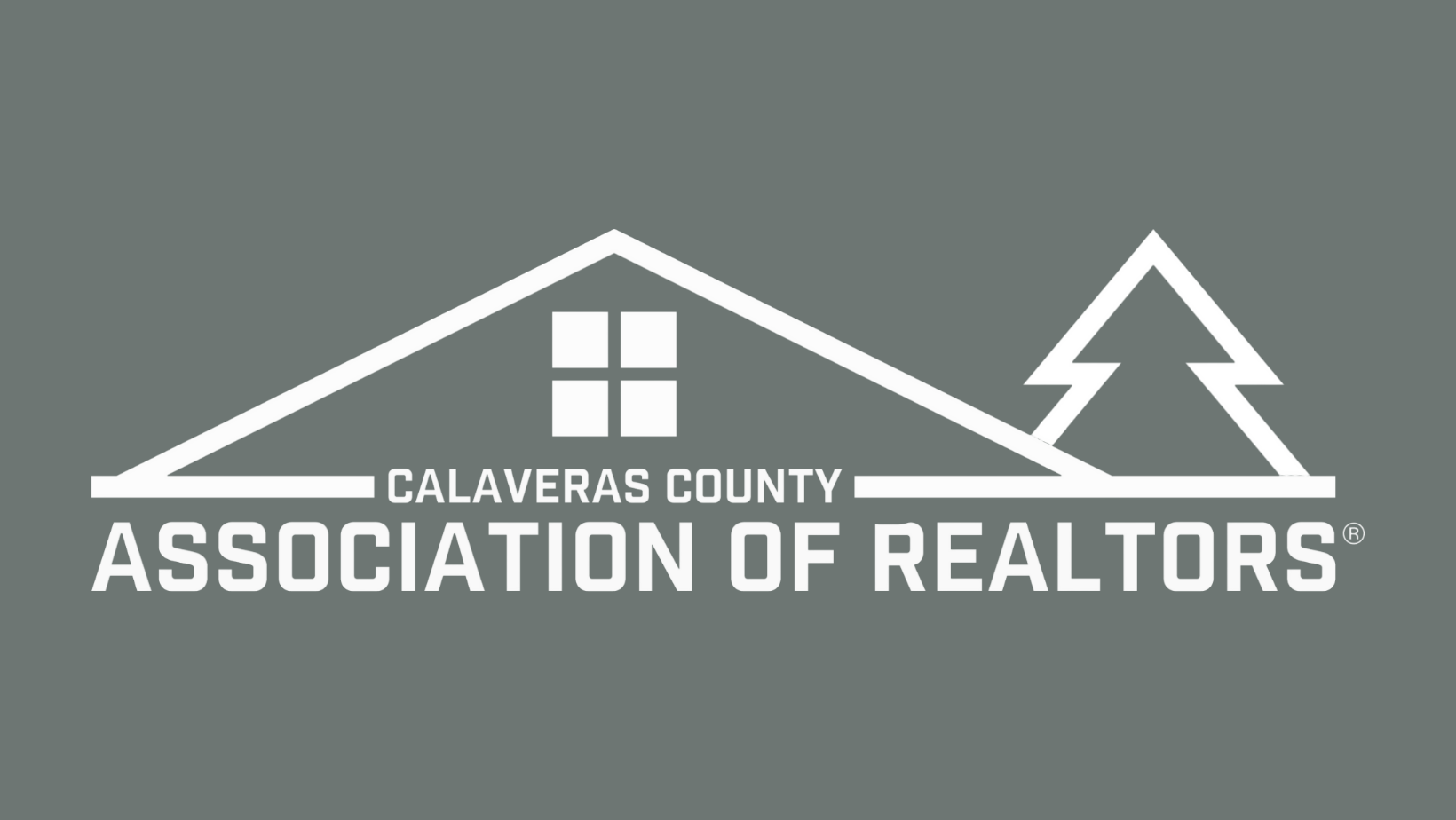5 Communication Classes

Effective communication is the backbone of any successful interaction, be it personal or professional. It is the process of exchanging information, ideas, or messages between individuals, groups, or organizations. Over the years, various models and theories have been developed to understand and improve communication. Among these, five significant communication classes have emerged, each focusing on a different aspect of the communication process.
1. Interpersonal Communication
Interpersonal communication involves the exchange of information between two or more people. It is a face-to-face communication where individuals directly interact with each other. This form of communication is crucial in building relationships, resolving conflicts, and understanding the needs and feelings of others. Interpersonal communication includes verbal and non-verbal elements such as body language, facial expressions, and tone of voice, which play a significant role in conveying the message. Effective interpersonal communication skills are essential in personal and professional settings, enabling individuals to communicate their thoughts clearly and understand others better.
2. Group Communication
Group communication refers to the interaction among three or more individuals who share a common goal or interest. This form of communication is significant in team meetings, brainstorming sessions, and problem-solving discussions. Group communication involves coordination, cooperation, and mutual understanding among participants. It leads to the sharing of ideas, problem-solving, and decision-making. Effective group communication requires active listening, clarity in expressing thoughts, and respecting the views of others. In a group setting, communication dynamics can become complex due to the presence of multiple participants, making it essential to manage conflicts and ensure all voices are heard.
3. Public Communication
Public communication, often referred to as public speaking, involves communicating information to a larger audience. This form of communication can occur in various settings such as conferences, seminars, and speeches. Public communication aims to inform, persuade, or entertain the audience. It requires the speaker to be well-prepared, confident, and adept at engaging the audience. Effective public communication skills are vital for leaders, educators, and anyone who needs to convey messages to a large group of people. Public speakers must consider their audience’s needs, interests, and preferences to ensure their message is well-received.
4. Organizational Communication
Organizational communication encompasses all the communication that occurs within an organization. It includes internal communication among employees, departments, and levels of management, as well as external communication with stakeholders, customers, and the public. This type of communication is critical for the functioning and success of an organization, as it facilitates the flow of information necessary for decision-making, feedback, and coordination of activities. Effective organizational communication helps in building a positive work culture, enhancing employee engagement, and improving overall performance.
5. Mass Communication
Mass communication involves the dissemination of information to a large, diverse audience through media such as television, radio, newspapers, magazines, and the internet. This form of communication reaches a wide audience simultaneously and plays a significant role in shaping public opinion, influencing behaviors, and providing entertainment. Mass communication is characterized by its one-way nature, where the sender communicates to the receiver without immediate feedback. It requires careful planning, creativity, and an understanding of the audience to convey messages effectively. With the advent of social media, mass communication has become more interactive, allowing for feedback and engagement between the sender and the receiver.
In conclusion, these five communication classes - interpersonal, group, public, organizational, and mass communication - each serve unique purposes and are essential in different contexts. Understanding and mastering these forms of communication can significantly improve personal and professional relationships, enhance work environments, and facilitate the achievement of goals. By recognizing the importance of effective communication in its various forms, individuals and organizations can foster stronger connections, resolve conflicts more efficiently, and convey their messages with clarity and impact.
What are the primary forms of communication?
+The primary forms of communication include verbal (face-to-face, phone, video calls) and non-verbal (body language, facial expressions, written messages) communication.
Why is effective communication important in organizations?
+Effective communication in organizations is crucial for coordination, collaboration, and decision-making. It enhances employee engagement, improves customer relationships, and contributes to the overall success of the organization.
How has technology impacted mass communication?
+Technology has significantly impacted mass communication by making it more accessible, interactive, and widespread. Platforms like social media, blogs, and online news outlets have democratized the dissemination of information, allowing virtually anyone to become a publisher or broadcaster.
What skills are essential for effective public communication?
+Essential skills for effective public communication include confidence, clarity in speech, the ability to engage the audience, good preparation, and adaptability to different audience types and settings.
How can interpersonal communication be improved?
+Interpersonal communication can be improved through active listening, expressing oneself clearly, being empathetic, and managing conflicts in a constructive manner. Additionally, respecting the other person’s perspective and maintaining open communication channels can enhance interpersonal relationships.

